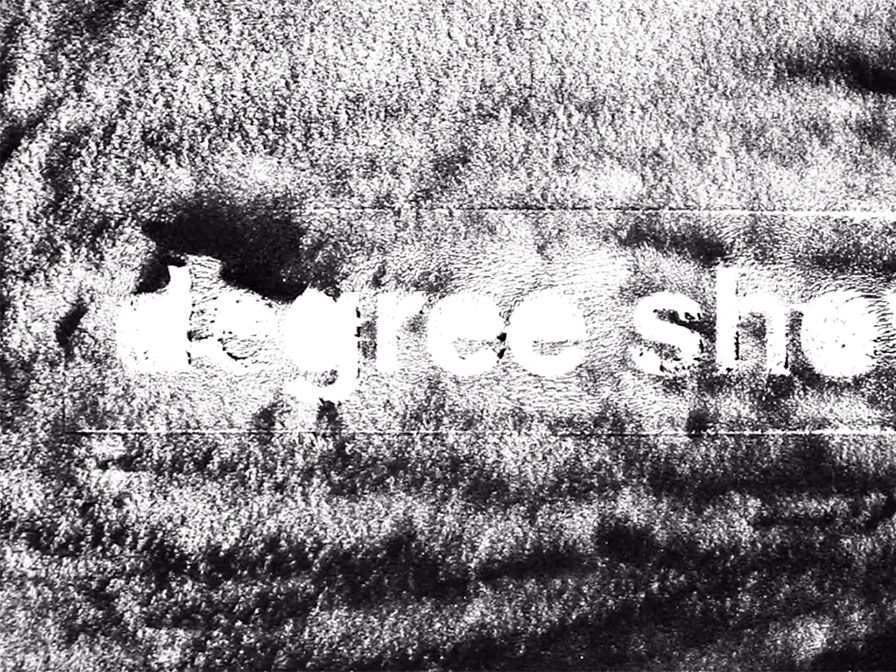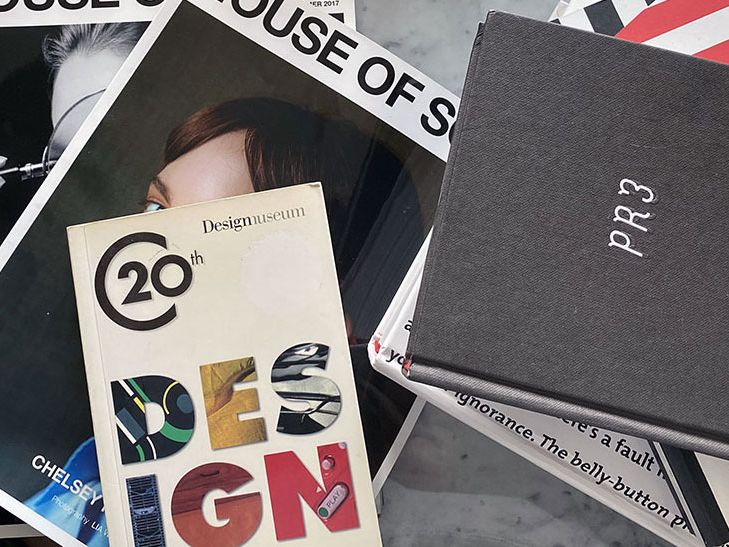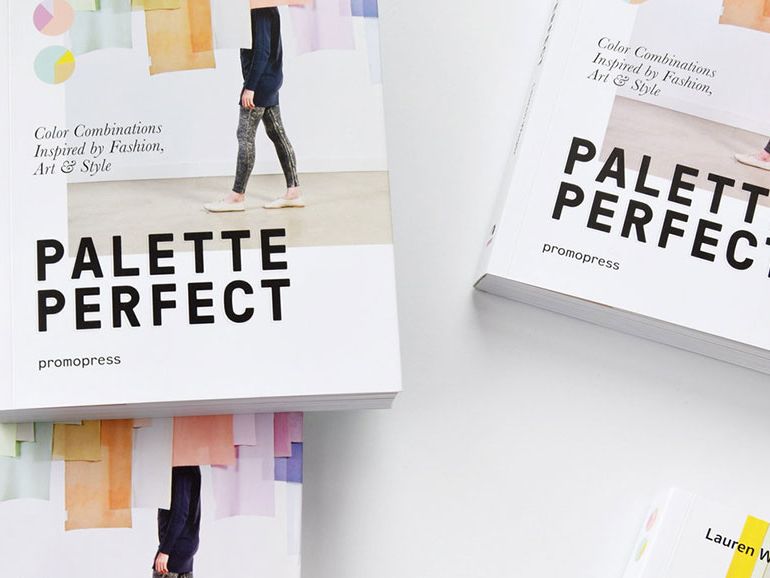Commissioned by Nicky Ryan, Dean of the Design School at London College of Communication (LCC), MA Graphic Branding and Identity students pitched a series of strategic and visual resolutions for the College’s contribution to the annual event.
First launched in 2003, London Design Festival (LDF) aims to promote the creativity of the capital and its place as a gateway to the international design community. Featuring contributions from some of the greatest thinkers, practitioners, retailers and educators, the Festival uses landmark projects, commissions, installations, talks, workshops and partner events to deliver ‘an unmissable celebration of design’.
With an emphasis on quality, diversity and true change-making, the Festival offers a natural fit for collaborative contributions from the Design School at LCC, which is itself driven by an ethos of building on aesthetic traditions of design practice while encouraging experimentation, critique and innovation.
The College’s 2020 contribution to LDF takes the form of a digital showcase and events programme driven by the theme of 'Design Action’. A celebration of creative activism, Design Action encourages staff and students to anticipate new futures in an uncertain world, questioning cultural, technological and disciplinary boundaries while confronting some of the predominant social, systemic and ecological challenges of our time.
Design Action: Developing an identity
MA Graphic Branding and Identity is a course for designers, by designers. It encourages students to explore the construction of brand narratives through design research, visual experimentation and written evaluation, supporting them to develop knowledge of strategic thinking and the ways in which this drives creative expression.
This year, students were given the opportunity to apply their emerging skills and knowledge by developing concepts for the visual identity of Design Action, which included branding for a website hub, marketing collateral and social media assets.
Forming collaborative networks both within and beyond the course, they worked with visiting practitioners and tutor teams to explore and refine themes, creating strategic and visual concepts which reflect the programme’s exploration of shifting requirements in a changed world.
-
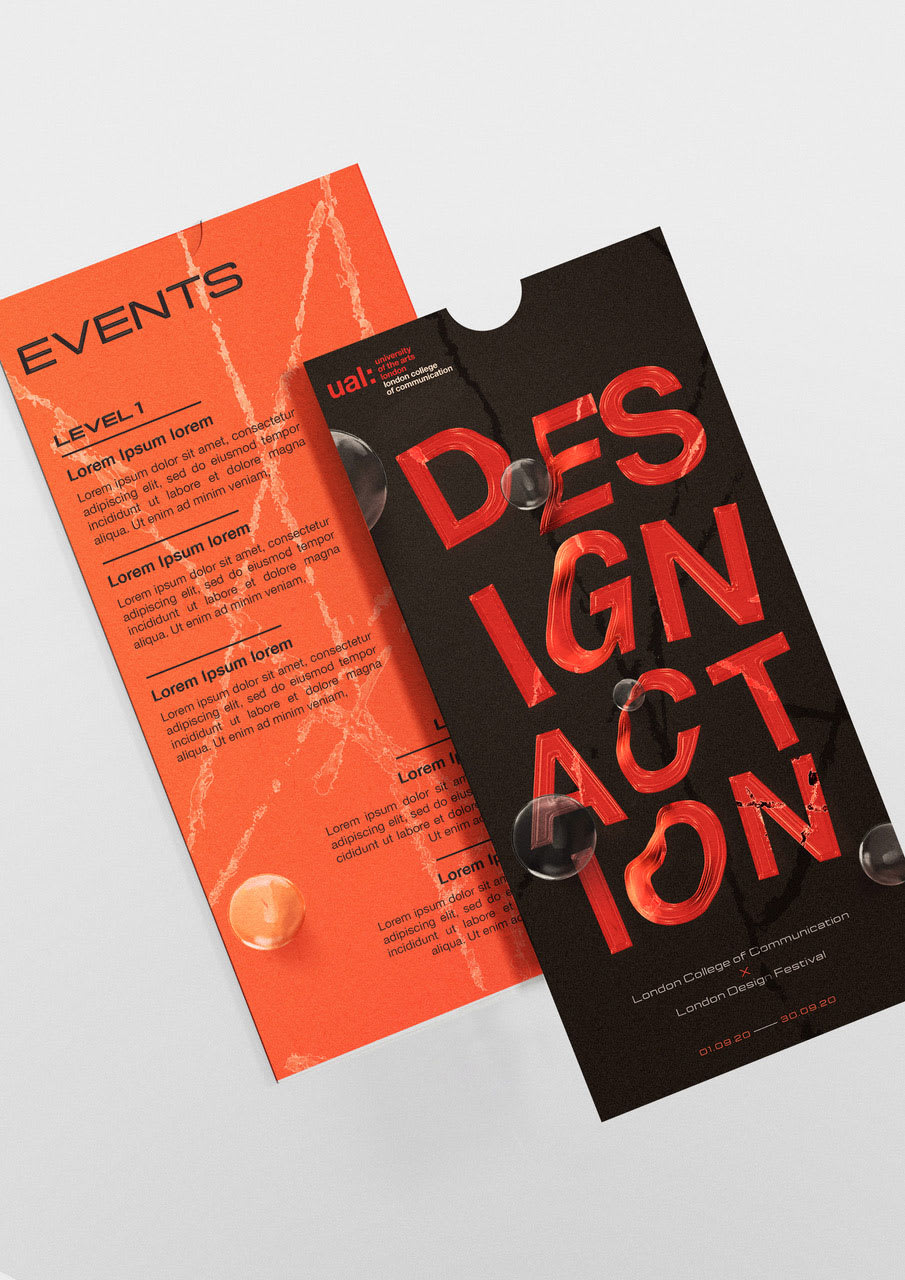
Taken from the Fission concept by Team Anna Sofia, which explores the ways in which ideas are sparked by chain reactions in non-linear ways.
-
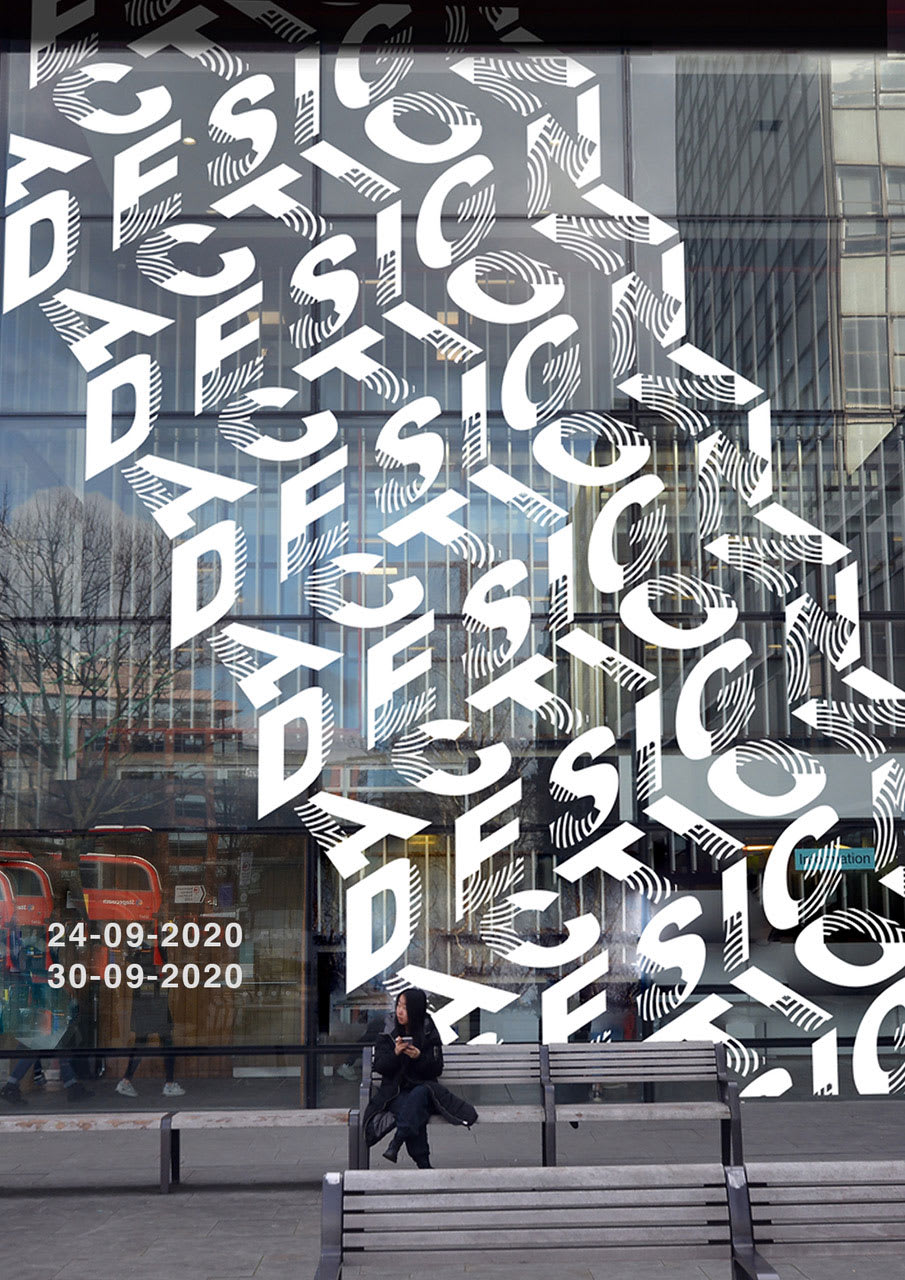
Window concept created by Team Ana Sofia as part of their Unstructured Structure concept which considers the multidirectional nature of the design process.
-
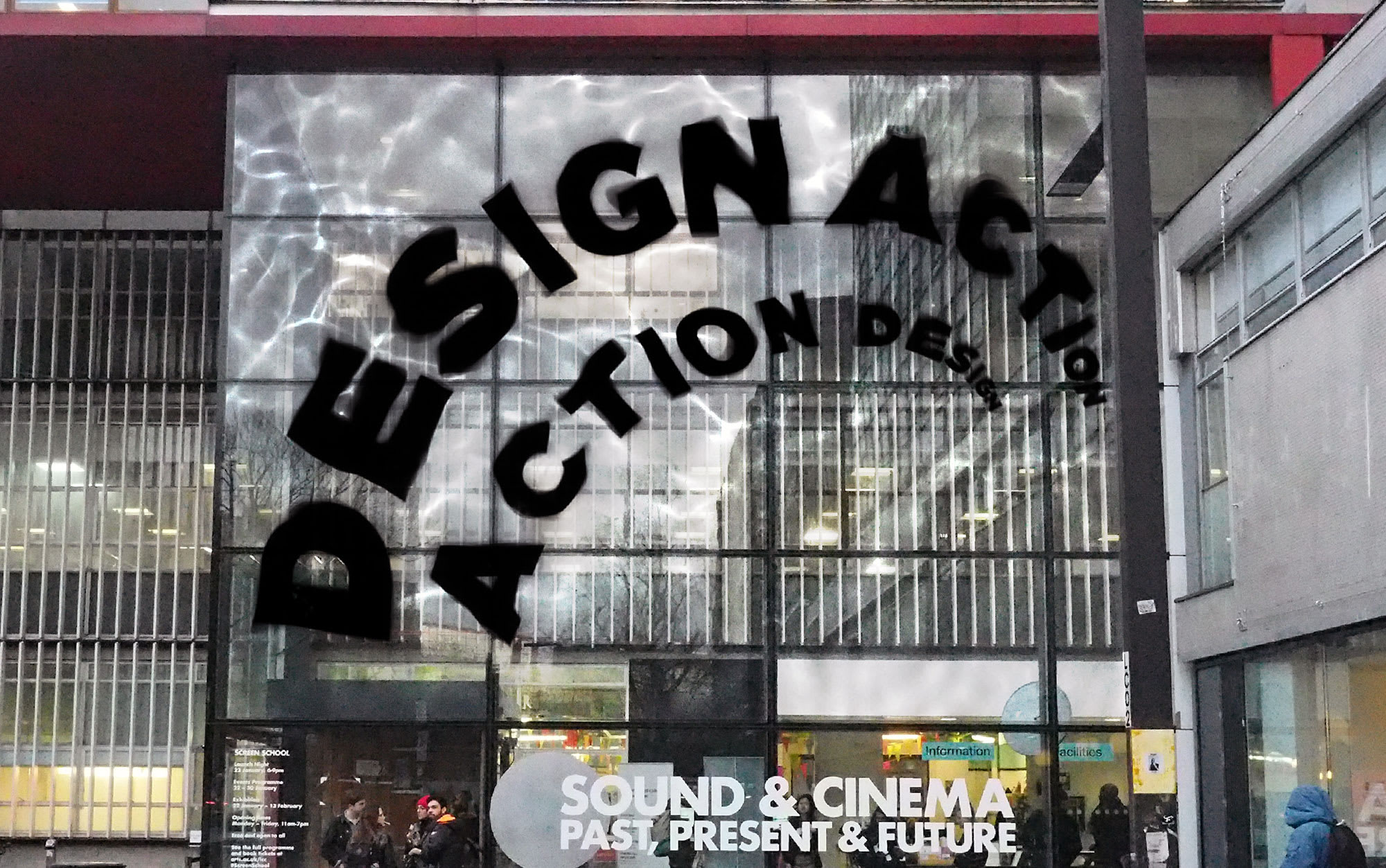
Student group Cookie created the window design element of their Superpower concept, which focuses on the nature of water as a vessel for shaping things just as design can shape society and the wider world.
"Practice always speaks louder than words in textbooks"
As Team Ana Sofia, students Mo Zhou, Hessa Alhabbad, Monique Youngyuen, Rosa Dam, Ana Sofia Gonzalez Villareal, Flavia Mazzoni and Niharika Mishra developed a series of concepts around themes such as Synthesis and Fission. They explained that their Anti-Structured Structure concept took inspiration from the fact that the 'action of design' is never a linear or unidirectional process.
"When designing, unanticipated circumstances and uncontrolled situations occur, even if we've actively created a planned structure for our process." they said.
"The Anti-Structured Structure visual identity concept speaks to this realisation that, in other words, the form of design action is simultaneously a structure, and an anti-structure. ‘Keep going in the face of uncertainty’ is what we want to express the most through our design, which is also undoubtedly essential for us to cope with the current world situation as well.
"Working as a team meant both challenges and opportunities. For most of us, working with other designers was a first – the whole experience simulated a mini branding team process, which was so rewarding. Practice always speaks louder than words in textbooks. We are so grateful for this incredible opportunity to work on a real project in our course; and along the way, we became best friends too – and that came from working through difficulties and ‘breaking in’ with each other. We had fun."
"Stimulates the audience's thinking about design and future society"
Student group Cookies developed their Superpower concept around the capacity of design in modern society to change the world.
“During the process, we analysed things which have this superpower and summarised their commonalities,” explained student Shu Fang Cheng.
“We believe the superpower is invisible and has the characteristics of the chain reaction. For this reason, we choose water as the medium to present, in which water is fluid and colourless media which is also suitable for shaping things.
In the final stage, we decided to put the letters into the water, and use external forces to make water ripples. This design output not only allows the audiences to directly feel the power but also stimulates the audience’s thinking about design and future society.”
-
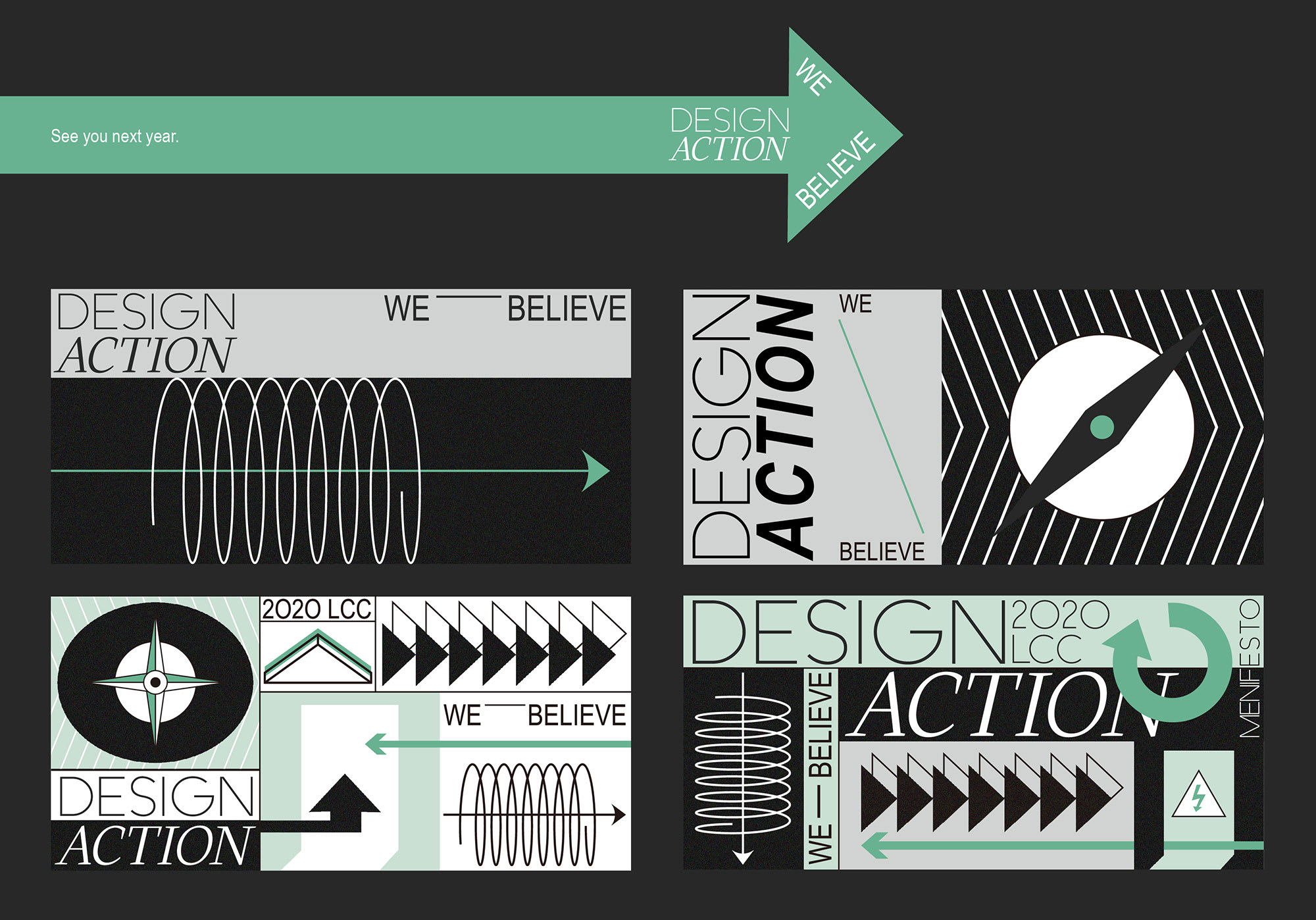
Student group Sauce developed their Executive Force concept by focusing on the action of the design process in itself, and chose to use direct graphics to show the execution of design behaviour.
-
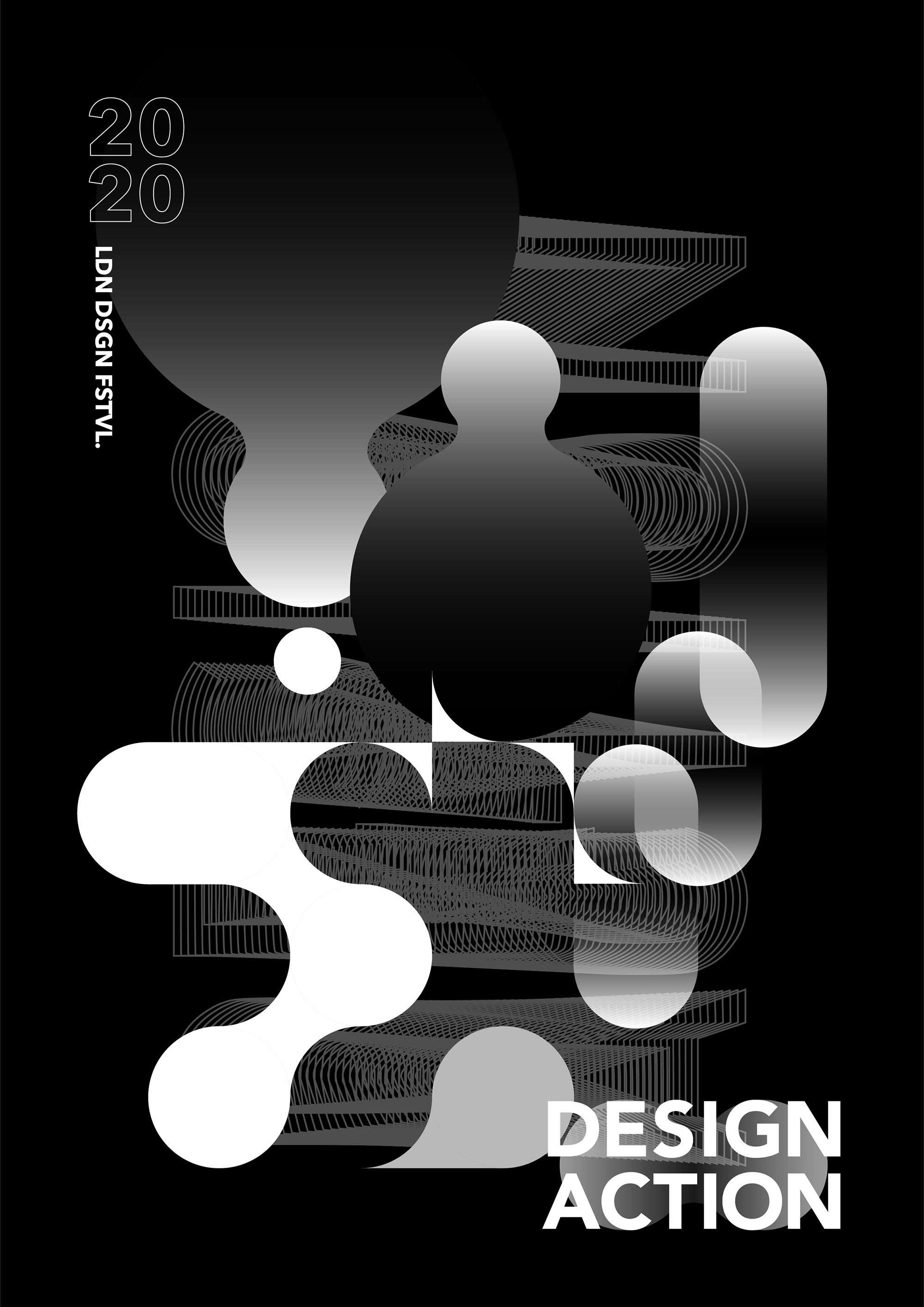
Poster taken from Small Element Big Change, a concept developed by student group PI which explores the dynamism of the domino effect as the designer changes the world.
-
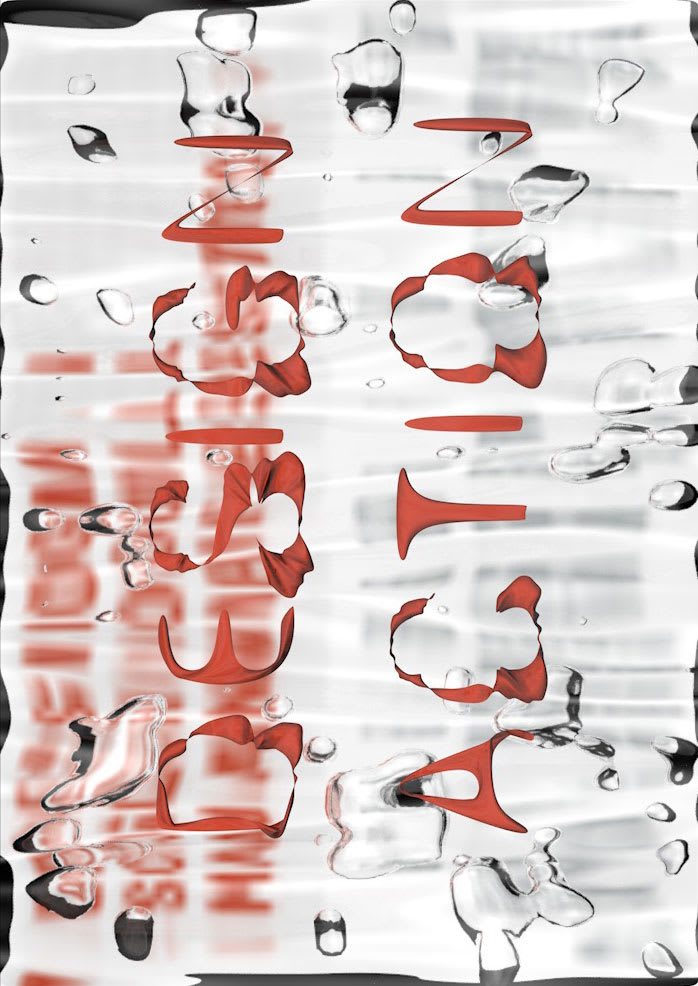
Design concept taken from 'Edification' by student group, Maxzel, which plays with light and shadow to consider the connections between creative individuals and organisations.
-
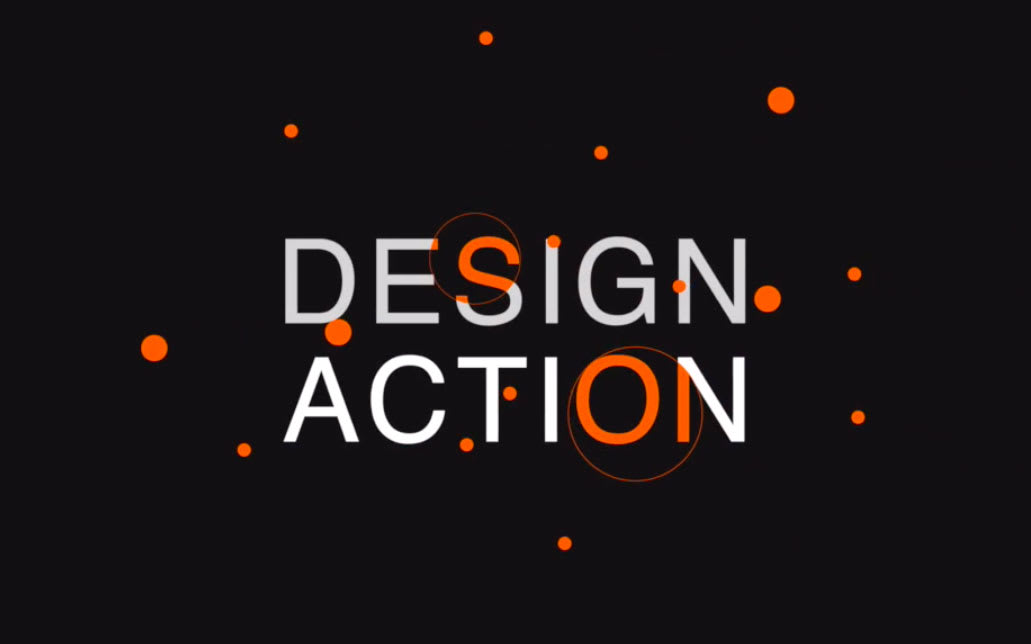
Inspired by the metaphor of design ideas as small sparks, the 7 Sisters group developed their Light Up concept to emphasise the power of collective creativity.
"The relevance of every small action towards a collective perspective"
All teams developed a range of unique approaches to the brief, and explored themes as diverse as the complexity of design communities and the essence of LCC. Alternative concepts included:
- Executive Force, Sauce: "We chose the arrow element to perform action, because arrows convey a clear purpose and direction, clear instructions, and accurate information. Then, we extracted green from traffic signs and electronic devices to express efficiency, direction and start."
- Small Element Big Change, PI: "The way of how the designer changes the world is like a domino effect. Through a small design, it solves different problems, affects future development and changes people’s lifestyle."
- Edification, MAXZEL: "The light represents LCC and LDF who give us the opportunity to advance the design thinking, and allow us to observe and transform the world from a variety of perspectives. The shadow showcases the outcomes which have the potential to evolve so as to closely achieve the ideal one."
- Light Up, 7 Sisters: "We regard each design action as a small spark, and when they gather together, they can create great energy and light up the world."
- Cells, Wubba Lubba Group: "In a world we can’t see, cells are the first actor in humans and all life. As students and designers of LCC acting as a cell in this world, our actions also influence or shape its future trend."
- Dancing Lines, EN: "The processes of learning and teaching at LCC are the cycle of knowledge exchange [...] a spiral that is moving upward. We designed dynamic lines with different shapes to show 6 different forms of design action which summarise the Design School Manifesto."
- ME IN WE, Hexagon: "ME and WE are mutually reinforcing. In future design actions, ME as an individual exerts power in the group, WE. At the same time, WE as a group guides ME as an individual on a way forward. A virtuous circle keeps growing."
- Building Block, Nothing: "We deconstruct and reshape characteristics of the LCC building in the form of building blocks to show its changeable possibilities in the future. Then, we show the dynamic performance of people in the LCC building [with] infrared thermal imaging."
- Form-mation, Synergy: "This concept expresses the relevance of every small action towards a collective perspective. A modular design will facilitate adaptability, where each unit represents an action. The units are pixels as a metaphor for technology. Squares also symbolise safety and can be connected to the columns of the UAL: identity."
- The Progressive, Experimental, Sustainable, Multidisciplinary Impact, The Minimalism: "Design Action can be defined as the impact on society connoting the progressive, experimental, sustainable and multidisciplinary ethos of Design School of LCC. Each keyword indicates this meaning by being visualised as the different shape of impact."
-
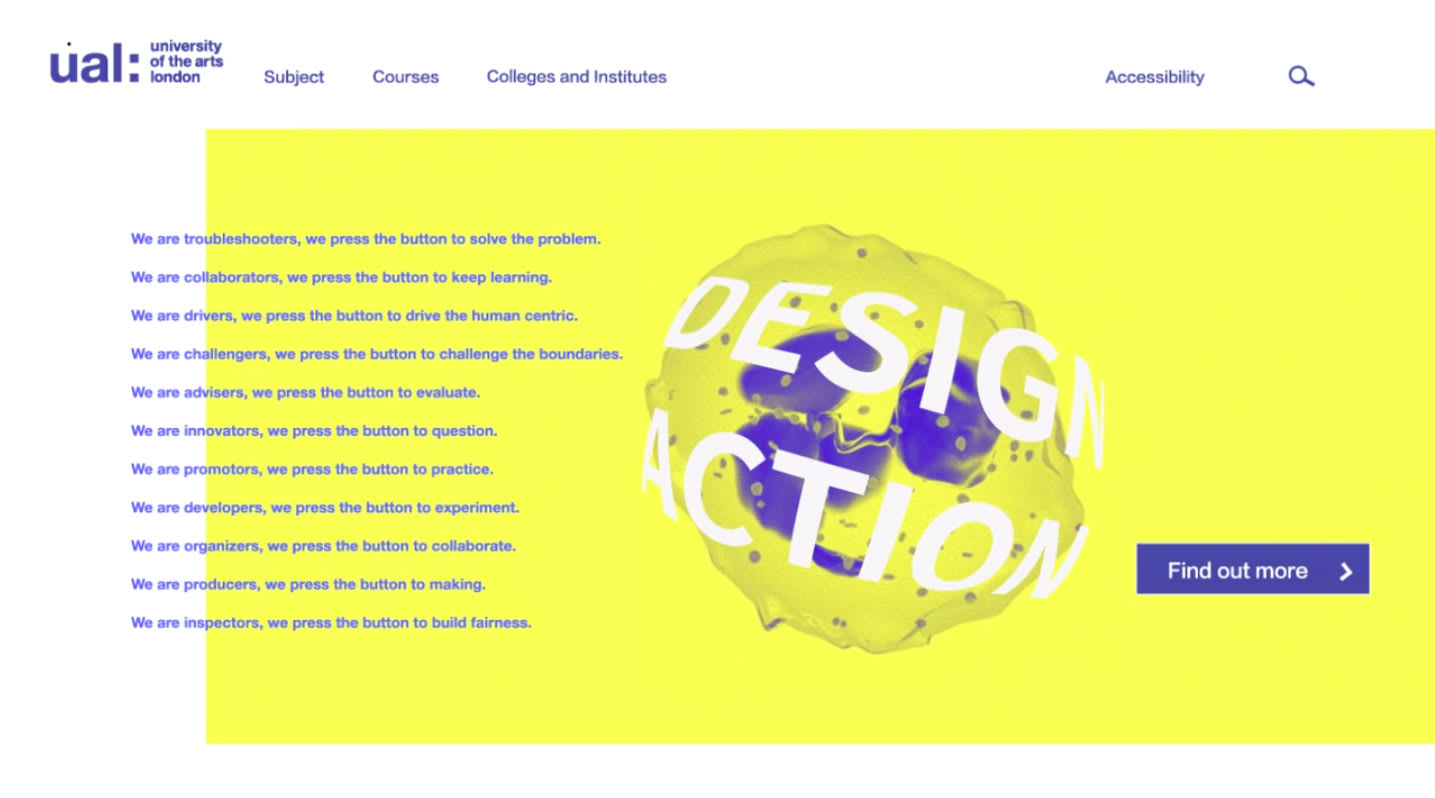
The Wubba Lubba student group created their Cells website concept to amplify the actions of the micro-world to show the impact of design.
-

Dancing Lines was designed by student group EN as they considered spirals of knowledge in teaching and learning at LCC.
-
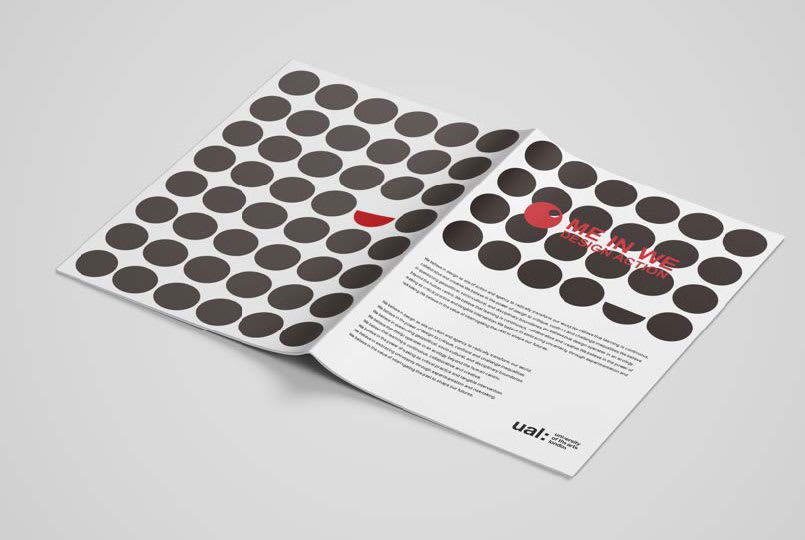
Brochure concept for the Hexagon group’s ME IN WE concept, which highlights the significance of designers as individuals and communities.
-
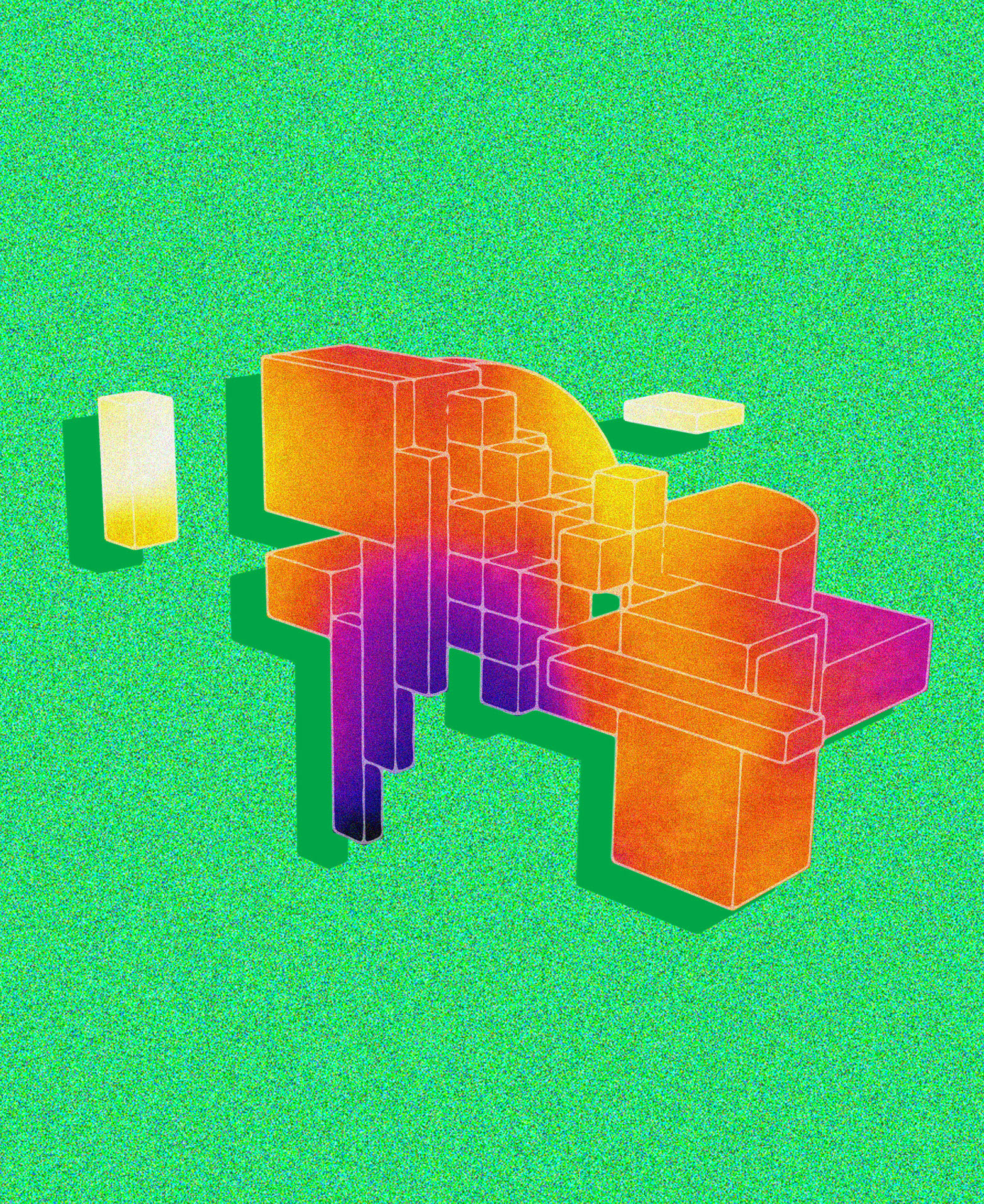
Building Block concept designed by the Nothing student group which deconstructs elements of the LCC Building.
-
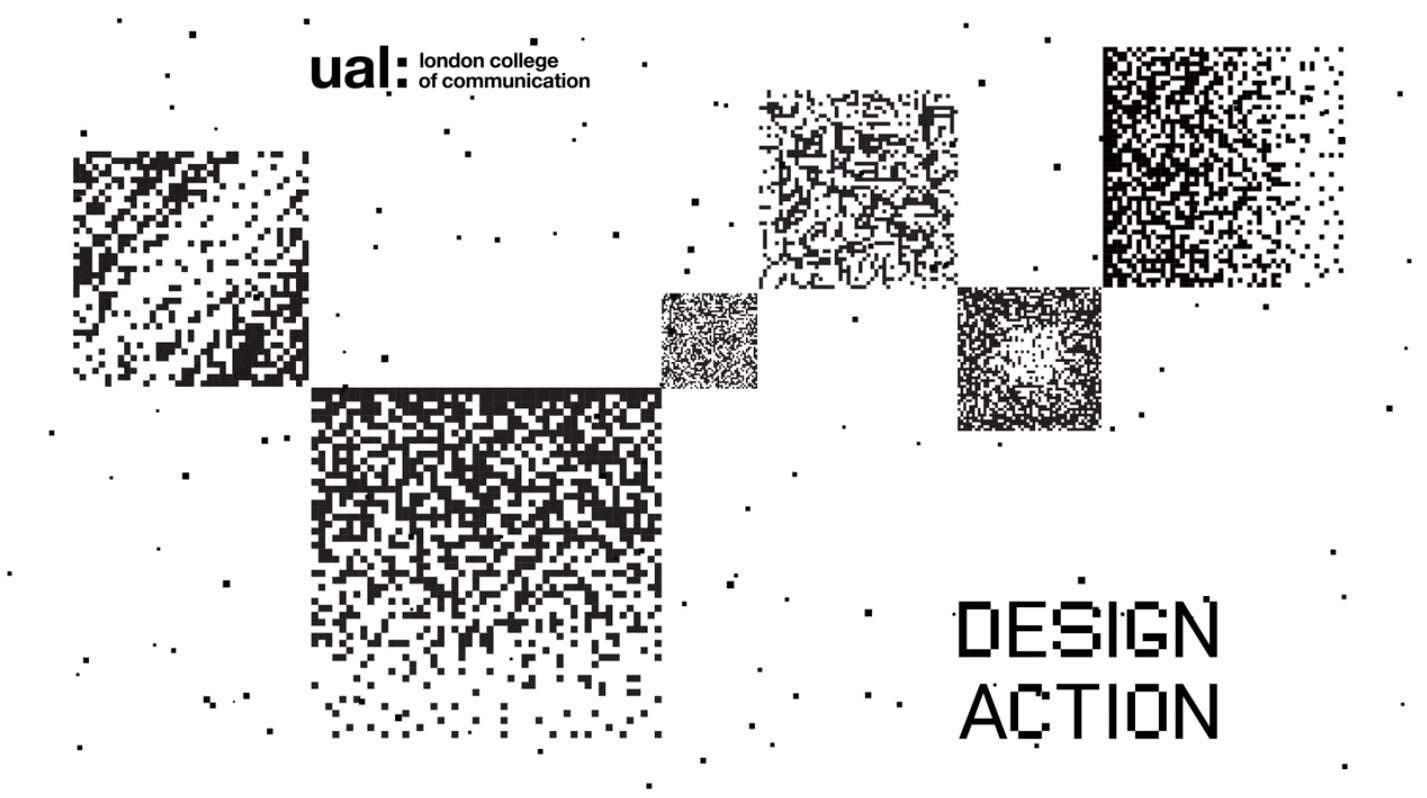
Synergy’s Form-mation identity emphasises the relevance of every small action towards collective perspective
-
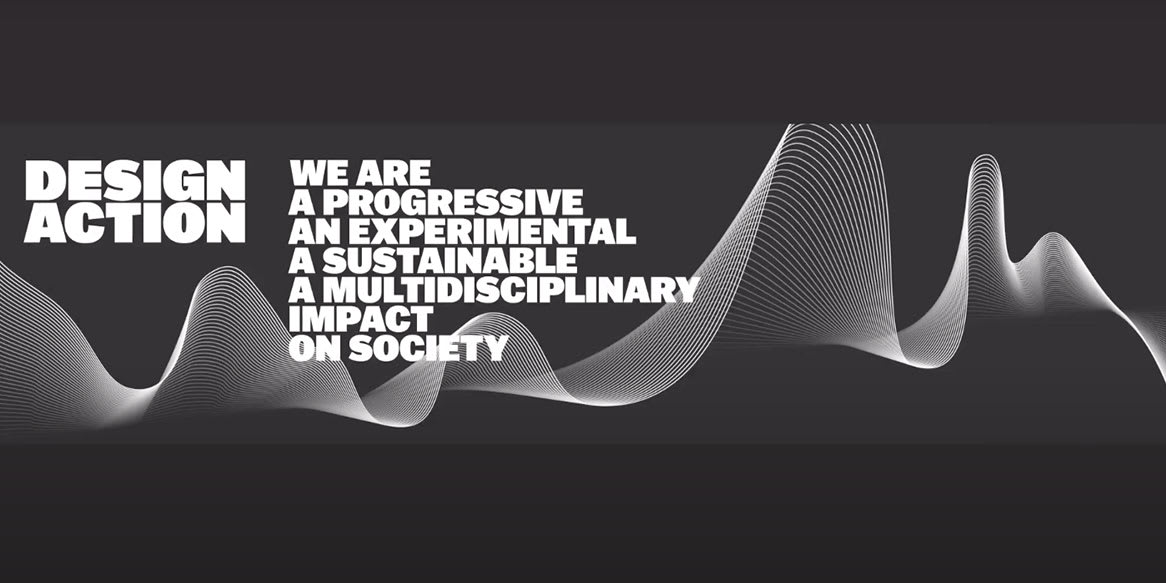
Signage concept created as part of The Progressive, Experimental, Sustainable, Multidisciplinary Impact concept by student group, The Minimalism.
Design Action: Explore the programme
Design Action will run online from 12 – 20 September 2020.
Content highlights include:
- An emerging research platform which explores the shifting definitions, debates and practices of graphic design
- A look at professional design practice in the wake of COVID-19
- Exploration of new ecological systems and tools
- A vision of the world in 2030 based on UN Sustainable Development Goals
- Interaction design communication which rethinks concepts of audience participation, presence and space.
Check in with our range of activities and events by following the hashtag #LCCxLDF on social media.
Related links
- Find out more about Design Action at London Design Festival.
- Explore the Design School at London College of Communication.
- Learn more about our MA Graphic Branding and Identity course.


